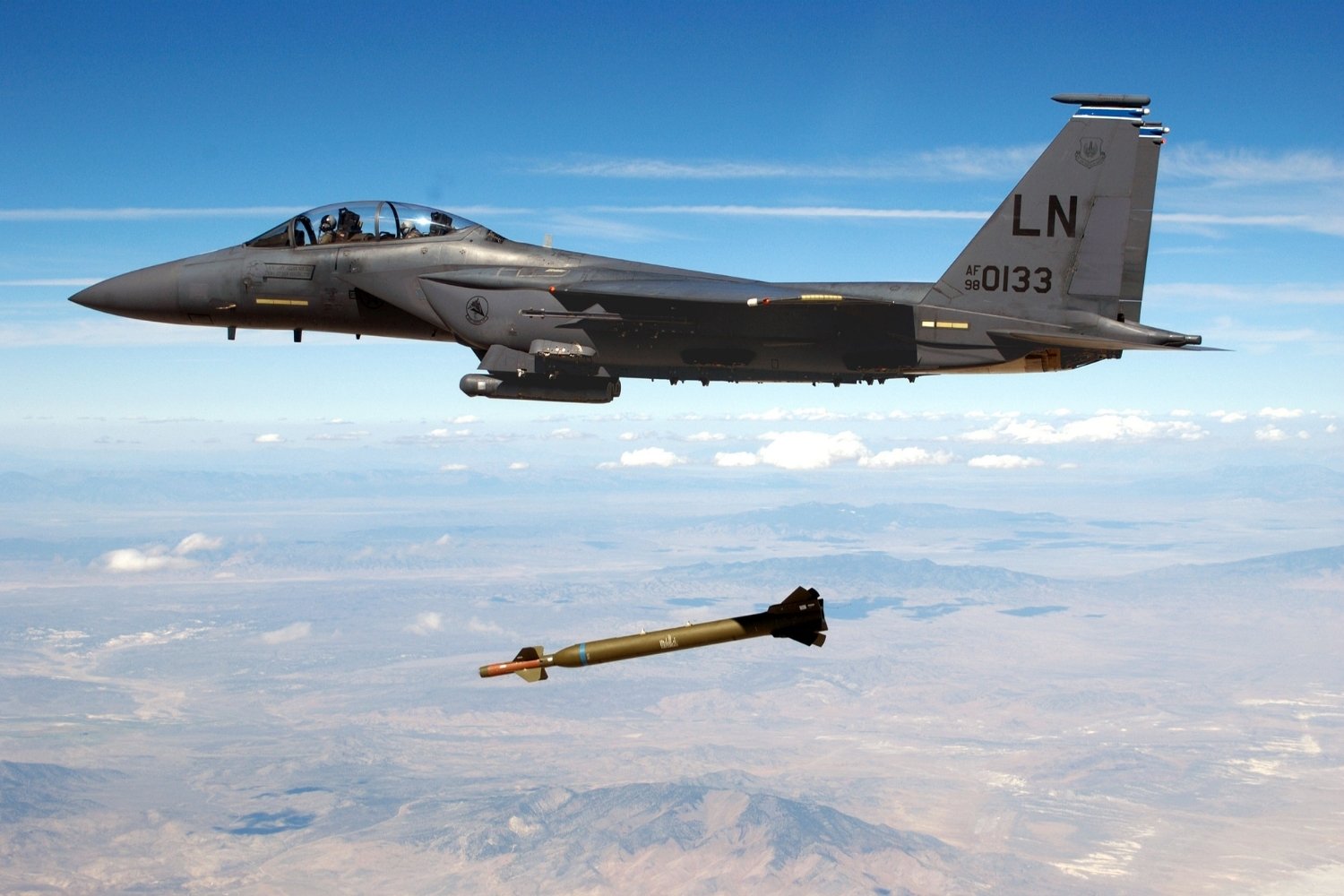
Bunker buster bombs are powerful weapons designed to penetrate deep into the ground or through fortified structures before detonating. These bombs have a fascinating history and play a crucial role in modern warfare. Ever wondered how they work or why they are so effective? Bunker busters use a combination of advanced materials, precise engineering, and sheer force to achieve their goals. They can reach underground bunkers, command centers, or other heavily protected targets that regular bombs can't touch. From their origins in World War II to their current use, these bombs have evolved significantly. Let's dive into 18 intriguing facts about these formidable weapons.
What Are Bunker Buster Bombs?
Bunker buster bombs are specialized munitions designed to penetrate hardened targets like underground bunkers, command centers, and fortified structures. These bombs have unique features that make them effective in modern warfare.
-
Origins: Bunker buster bombs were first developed during World War II to target heavily fortified German bunkers.
-
Penetration Power: These bombs can penetrate several meters of concrete before detonating, thanks to their hardened casings and delayed fuses.
-
Guidance Systems: Modern bunker busters often use GPS or laser guidance to ensure pinpoint accuracy.
How Do Bunker Buster Bombs Work?
Understanding the mechanics behind these bombs can be fascinating. They are designed to reach deep into the earth or through thick walls before exploding.
-
Delayed Fuses: The bombs have delayed fuses that allow them to penetrate deep into a target before detonating.
-
Kinetic Energy: The bombs rely on kinetic energy generated by their high-speed descent to break through tough materials.
-
Explosive Charge: Once inside the target, the explosive charge detonates, causing maximum damage.
Types of Bunker Buster Bombs
There are several types of bunker buster bombs, each with unique characteristics tailored for specific missions.
-
GBU-28: This is one of the most well-known bunker busters, developed by the United States during the Gulf War.
-
BLU-109: Another popular model, the BLU-109, is designed to penetrate up to six feet of reinforced concrete.
-
MOP (Massive Ordnance Penetrator): The MOP is one of the largest bunker busters, capable of penetrating 60 feet of concrete.
Historical Use of Bunker Buster Bombs
These bombs have been used in various conflicts to neutralize high-value targets hidden in fortified structures.
-
Gulf War: The GBU-28 was first used during the Gulf War to destroy Iraqi command centers.
-
Afghanistan: Bunker busters have been used to target Taliban and Al-Qaeda hideouts in Afghanistan.
-
Libya: During the 2011 intervention in Libya, bunker busters were used to destroy underground bunkers.
Technological Advancements in Bunker Buster Bombs
Advancements in technology have made these bombs more effective and precise.
-
Smart Bombs: Modern bunker busters are often equipped with smart technology for improved accuracy.
-
Stealth Features: Some bunker busters have stealth features to evade enemy radar.
-
Enhanced Materials: Advances in materials science have led to stronger casings that can penetrate deeper.
Ethical and Strategic Considerations
The use of bunker buster bombs raises several ethical and strategic questions.
-
Collateral Damage: These bombs can cause significant collateral damage, raising ethical concerns.
-
Strategic Value: Despite their destructive power, bunker busters are considered valuable for neutralizing high-value targets.
-
International Law: The use of these bombs is subject to international laws and treaties aimed at minimizing civilian casualties.
The Final Blast
Bunker buster bombs have changed modern warfare. These powerful weapons can penetrate deep into fortified structures, making them essential for military operations. From their origins in World War II to their advanced versions today, bunker busters have evolved significantly. They combine cutting-edge technology with raw power, ensuring they remain effective against even the toughest targets.
Understanding these bombs' history, mechanics, and impact gives us a glimpse into the complexities of military strategy. It's clear that bunker busters will continue to play a crucial role in future conflicts. Their ability to strike with precision and force makes them invaluable tools for defense forces worldwide.
So, next time you hear about a bunker buster in the news, you'll know just how significant these bombs are. They aren't just weapons; they're game-changers in the world of military tactics.
Was this page helpful?
Our commitment to delivering trustworthy and engaging content is at the heart of what we do. Each fact on our site is contributed by real users like you, bringing a wealth of diverse insights and information. To ensure the highest standards of accuracy and reliability, our dedicated editors meticulously review each submission. This process guarantees that the facts we share are not only fascinating but also credible. Trust in our commitment to quality and authenticity as you explore and learn with us.
